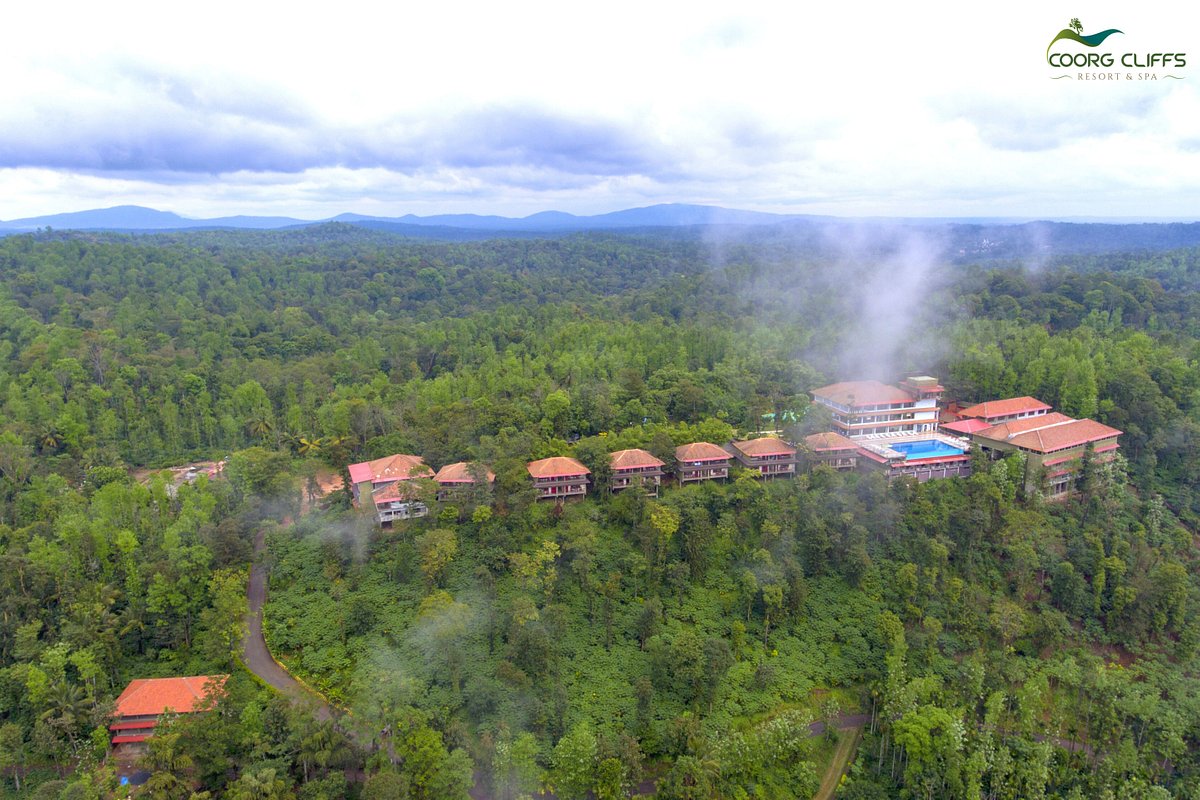Introduction:
Nestled in the Western Ghats of Southern India, the Nilgiri Hills, often referred to as the “Blue Mountains,” are a treasure trove of natural beauty and cultural richness. This picturesque region, spanning parts of Tamil Nadu, Karnataka, and Kerala, boasts a unique charm that sets it apart from other destinations. In this blog, we’ll unravel the special qualities that make Nilgiri India truly exceptional.
Breathtaking Landscapes:
The Nilgiri Hills are renowned for their stunning landscapes, characterized by rolling hills, lush tea gardens, and dense forests. The elevation ensures a cool and refreshing climate, creating an ideal haven for those seeking respite from the sweltering heat of the plains. The panoramic views from viewpoints like Doddabetta Peak offer a breathtaking panorama of the verdant valleys below.
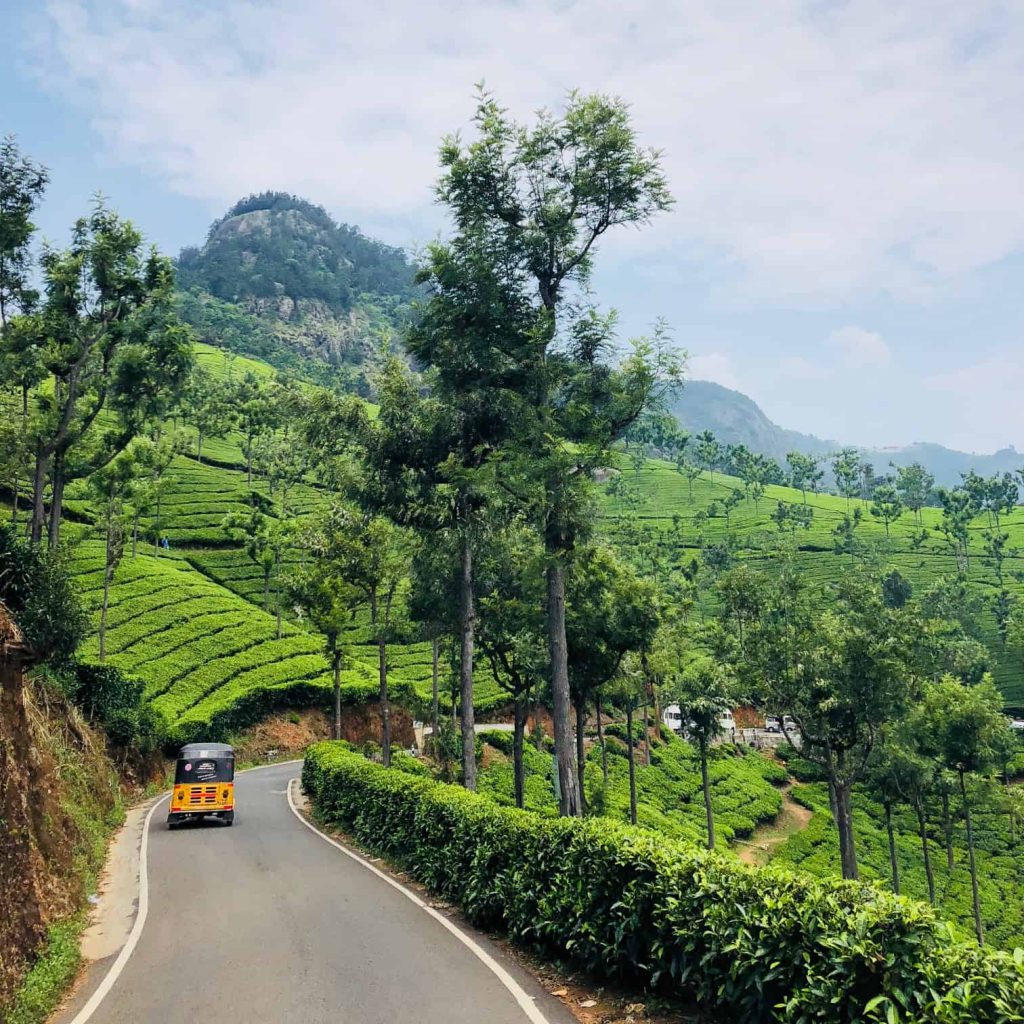
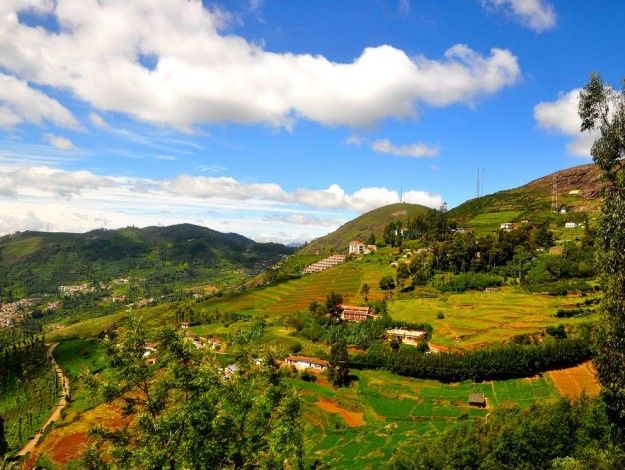
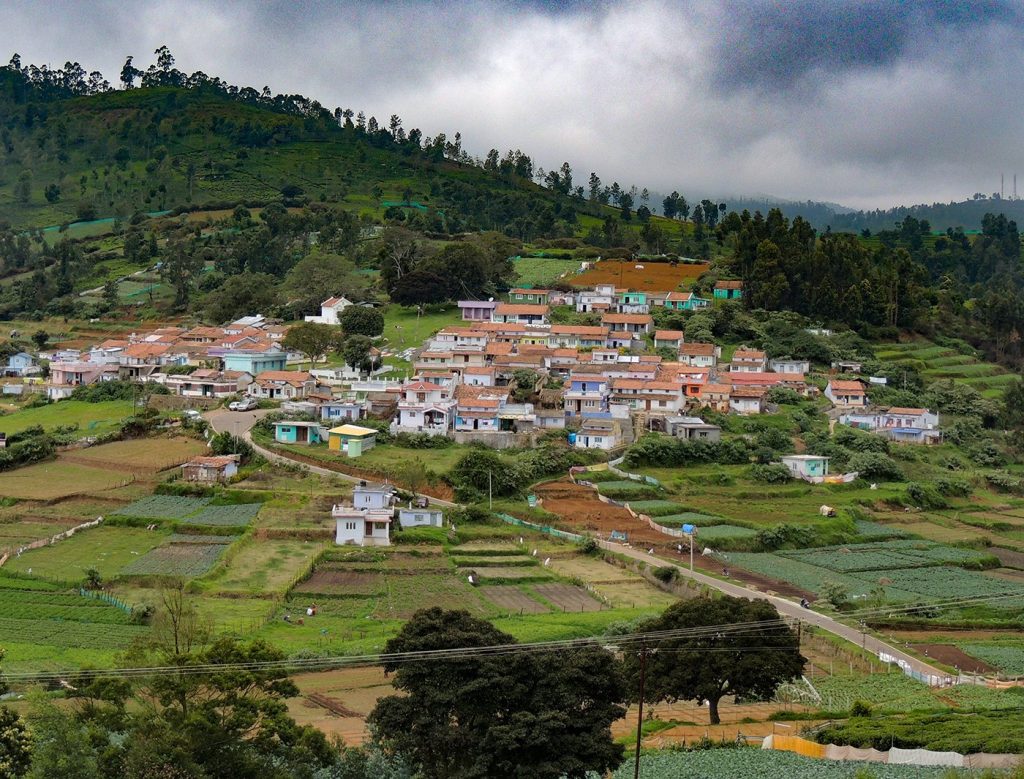
Tea Estates and Aromatic Gardens:
Nilgiri is a significant contributor to India tea production, and the region is dotted with tea estates that carpet the hillsides in vibrant green hues. Touring these estates provides not only a scenic experience but also an opportunity to learn about the tea-making process. The aroma of fresh tea leaves in the air adds an enchanting quality to the atmosphere.
Rich Biodiversity:
The Nilgiri Biosphere Reserve, a UNESCO World Heritage Site India, is home to an incredible variety of flora and fauna. The dense forests are inhabited by diverse wildlife, including elephants, tigers, leopards, and numerous species of birds. The region’s ecological significance underscores the need for conservation efforts, making it a special place for nature enthusiasts and conservationists alike.
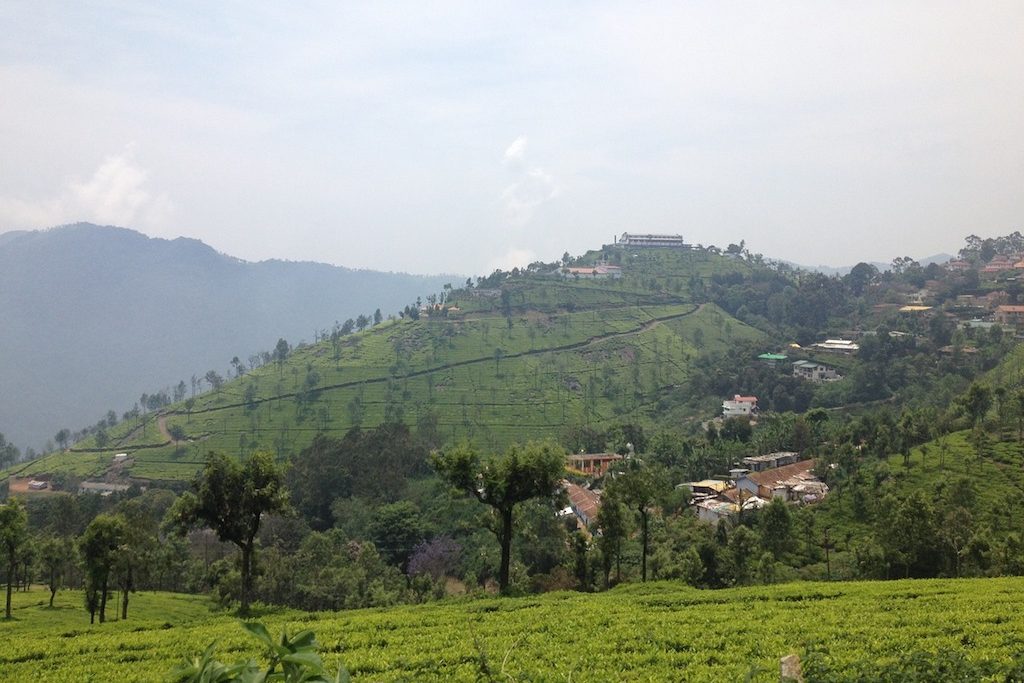
Cultural Diversity:
Nilgiri is not just a haven for nature lovers; it’s also a melting pot of cultures. The indigenous tribes, such as the Toda, Kota, and Badaga, have a rich cultural heritage that adds a unique dimension to the region. Visitors have the opportunity to engage with these communities, experiencing their traditions, art, and way of life.
Toy Train Journey:
The Nilgiri Mountain Railway, a UNESCO World Heritage Site, is an engineering marvel that connects the town of Mettupalayam with the hill station of Ooty. The leisurely ascent on this century-old toy train offers breathtaking views of the surrounding landscapes, making it a memorable and special journey for tourists.
Conclusion:
Nilgiri, with its captivating landscapes, vibrant culture, and biodiversity, stands as a testament to the wonders of nature and human heritage. Whether you seek a tranquil retreat, an adventure in the great outdoors, or a cultural immersion, Nilgiri offers a special blend of experiences that leave an indelible mark on the hearts of those fortunate enough to explore its enchanting terrain. This “Blue Mountain” paradise is a testament to the beauty and diversity that India has to offer.
Why Nilgiri is called Blue Mountains- india?
Nilgiri, the picturesque mountain range situated in Southern India, is often referred to as the “Blue Mountains.”
This peculiar name is attributed to the bluish haze that envelops the hills, creating a mystic and dreamlike aura.
The ethereal blue tint is caused by the scattering of sunlight by the abundant eucalyptus trees and the presence of certain atmospheric factors.
This phenomenon gives the Nilgiri Hills a unique and enchanting appearance, providing a visual spectacle that contributes to the region’s distinct charm and earned it the moniker “Blue Mountains.”
refer: The Nilgiri Hills
for more: Helpful Tips for Planning Your Pondicherry Trip.
Understanding Article 370: A Historical and Contemporary Perspective









